Feeling overwhelmed by the choice between resin vs filament 3D printing? You’re not alone!
Many makers and professionals struggle to decide which method is best for their projects. But don’t worry, we're here to help you navigate this decision.
This guide will break down the differences, benefits, and drawbacks of each technology, so you can make the best choice for your needs.
Quick Glance: Resin vs. Filament 3D Printing
We highly recommend reading the full blog to gain an in-depth understanding of how these two types of 3D printing work. However, if you're short on time, the table below provides a quick overview.

Resin Vs. Filament 3D Printing: Understanding the Basics
What is Filament 3D Printing?

Let’s kick things off with filament 3D printing. Also known as Fused Deposition Modeling (FDM) or Fused Filament Fabrication (FFF), this method involves building objects layer by layer using a continuous filament of thermoplastic material.

How it Works: Imagine a really advanced hot glue gun. The filament is fed through a heated nozzle, where it melts and is deposited onto the build plate in a specific pattern. Each new layer sticks to the one before it until the object is fully formed.
To explore more filaments, you can go through our list of the best 3D printer filament brands in the market. You're sure to find one for your next project.
Common Uses: Filament 3D printing is great for creating large models, functional parts, and prototypes. Its versatility and affordability make it popular among both hobbyists and professionals.
What is Resin 3D Printing?

Now, let’s talk about resin 3D printing. This includes technologies like Stereolithography (SLA) and Digital Light Processing (DLP). Instead of using filament, resin printers use liquid photopolymer resins that are cured by UV light to form solid objects.
How it Works: Picture a vat of liquid resin. The printer uses UV light to cure (harden) the resin layer by layer. SLA uses a laser to trace each layer’s shape, while DLP uses a projector to cure entire layers at once.
Dig deeper: How Does a Resin 3D Printer Work? The Ultimate Guide
If you're interested in understanding the essential differences between LCD, DLP, and SLA 3D printers, consider reading our blog: "LCD vs. DLP vs. SLA: Which 3D Printer is Best for You?"
Common Uses: Resin 3D printing is perfect for projects requiring high precision and smooth finishes, such as intricate models, dental prototypes, and jewelry.
Comparing Print Quality and Detail
Filament 3D Printing Quality

Filament 3D models often feature visible layer lines.
Surface Finish: With filament 3D printing, you’ll often notice visible layer lines, which can affect the smoothness of the surface. Post-processing, like sanding or acetone smoothing, can help improve the finish.
Resolution: The resolution is limited by the nozzle size, typically around 0.4 mm. While using smaller nozzles can improve detail, it also increases print time.
Durability: Filament prints are generally strong and durable. Materials like ABS, PETG, and nylon make your prints tough and suitable for functional and mechanical parts.
Resin 3D Printing Quality
Surface Finish: If you’re after a smooth, detailed finish, resin 3D printing is the way to go. The prints have almost invisible layer lines, giving you a polished look right off the printer.
Resolution: Resin printers offer outstanding resolution, typically around 25-50 microns per layer, allowing for incredibly fine details.
Durability: Standard resin prints can be a bit brittle. They’re perfect for detailed models but not always the best for parts that need to handle stress. However, specialized resins, like engineering-grade or flexible resins, can improve durability.
There are several ways for you to get finer prints which have been detailed on our blog on improving 3D print quality. From understanding layer height, optimizing exposure time to proper part orientation and many more, you'll find this resource very helpful in helping you achieve the print quality you want.
Moreover, you must check out our blog on cool 3D prints if you're looking for awesome and highly-detailed 3D models to print for your next project.
Practical Considerations
Build Volume
Filament Printers: If you’re planning on printing big, filament 3D printers are your best bet. They usually have larger build volumes, making them ideal for substantial projects. For example, the Phrozen Arco has a build size of 300 x 300 x 300 mm.
Resin Printers: Resin 3D printers tend to have smaller build volumes, suitable for detailed, small-scale prints. Models like the Elegoo Mars typically have a build size of 130 x 80 x 160 mm.
Printing Speed
Filament Printers: Speed can be a mixed bag here. FDM printing can vary based on your settings, like layer height and infill. Thicker layers and lower infill densities can speed things up, but you might sacrifice some detail.
Resin Printers: Resin 3D printers can be faster for detailed prints because each layer is cured all at once in DLP printers. But remember, the overall process, including post-processing, can take longer. Moreover, there are also speed resins that are specifically designed to help speed up the printing process.
For expert tips and advice, check out our blog on 3D printing faster; you'll learn proven techniques and steps to finish your projects in lesser time. If you're someone that constantly 3D prints, you'll find this resource invaluable.
Ease of Use
Filament Printers: FDM printers are generally user-friendly and a good starting point for beginners. They do require regular maintenance, like bed leveling and nozzle cleaning. Changing materials is pretty straightforward – just swap out the filament roll.
Resin Printers: Working with resin 3D printing is a bit more involved. You’re dealing with liquid resin, which is toxic, so you’ll need protective gear like gloves and masks. The post-processing, including washing and curing the prints, can be messy and time-consuming. Changing resins is also a bit more complicated compared to filament.
However, we've made it easier for you. Check out our blogs on tools for 3D printing, maintaining a 3D printer, and 3D printer safety for detailed and indispensable information. Especially if you're a beginner, these resources are a must-read.
Cost Analysis
Initial Costs
Filament Printers: Entry-level FDM printers are quite affordable, usually ranging from $200 to $300.
Resin Printers: Entry-level resin 3D printers are similarly priced, ranging from around $175 to $250. However, high-end resin printers can be significantly more expensive.
Ongoing Costs
Material Costs: Filament tends to be cheaper, with 1 kg of filament costing about $20. Resin, on the other hand, costs around $30 to $40 per 1 kg.
Maintenance and Supplies: FDM printers require minimal additional supplies, while resin printers need gloves, solvents like isopropyl alcohol, and replacement FEP films or LCD screens.
Use Case Scenarios
Best for Large, Functional Parts
If you need to produce large, strong, and functional parts, filament 3D printing is your go-to. It’s perfect for prototypes, mechanical parts, and big models.
Best for Detailed, Small Parts
When it comes to creating detailed, small parts with high precision, resin 3D printing shines. It’s ideal for jewelry, miniatures, dental models, and complex prototypes.
Check out our blog, “Best Resin 3D Printer for Jewelry,” for an in-depth look at 3D printing jewelry for your small business or hobby.
Software and Setup
Filament Printers
Common Software: Popular slicer software includes Cura, PrusaSlicer, and Simplify3D. These programs help you prepare models, adjust print settings, and generate G-code for printing.
Setup Complexity: FDM printers might need a bit more setup and calibration, like bed leveling and nozzle adjustments, but once you get the hang of it, they’re pretty easy to manage.
Resin Printers
Common Software: Software like Chitubox, PrusaSlicer, and Formlabs PreForm are used to prepare, slice, and send models to resin printers.
Setup Complexity: Resin printers are generally easier to set up initially but require more post-processing steps, such as washing and curing.
Pros and Cons Summary
Filament Printers
Pros:
- Larger build volumes
- Strong and durable prints
- Wide variety of materials
- Lower material cost
Cons:
- Visible layer lines
- More maintenance required
- Slower print speeds for detailed objects
Resin Printers
Pros:
- High-resolution prints
- Smooth surface finish
- Ideal for detailed and small parts
Cons:
- Smaller build volumes
- Toxic resin handling
- Higher material cost
- Extensive post-processing
Key Takeaway
- Durability and Size: Choose filament 3D printing for strong, large-scale parts.
- Detail and Finish: Opt for resin 3D printing for high-detail, smooth-finish projects.
- Cost: Filament printing is generally more affordable for both initial setup and materials.
- Ease of Use: Filament printers are more beginner-friendly with simpler post-processing.
- Applications: Resin printing is ideal for intricate models, jewelry, and dental prototypes, while filament printing is better for functional parts and larger models.
Conclusion
So, there you have it! Both filament 3D printing and resin 3D printing have their unique advantages and drawbacks. If you need large, functional parts and durability, go for filament printing.
If high precision and smooth finishes are what you’re after, resin printing is your best bet. Consider your project’s specific needs, including detail, strength, size, and budget, to make the right choice.
We have more resources for you. To know more about 3D printing and how it works, check our our in-depth guide on how does 3D printing work. You'll find it particularly useful if you're a beginner. Moreover, our blog on 3D printing mistakes to avoid for beginners takes you through all the common pitfalls that newbies make when they're just starting out.
We’d love to hear from you! Share your thoughts and experiences with 3D printing in the comments below. Join the discussion and let’s learn from each other!
Frequently Asked Questions (FAQs)
Is Filament 3D Printing Cheaper Than Resin 3D Printing?
Yes, generally filament 3D printing is cheaper both in terms of initial setup and ongoing material costs. Filament is typically less expensive than resin, and FDM printers often have lower starting prices compared to resin printers.
Is Filament Stronger Than Resin 3D Prints?
Filament prints, especially those made with materials like ABS, PETG, or nylon, tend to be stronger and more durable than resin prints. Resin 3D printing can produce more brittle objects unless using specialized engineering-grade resins designed for strength.
Which Are Faster—Resin 3D Printers or Filament 3D Printers?
It depends on the specific model and settings, but resin 3D printers can be faster for detailed prints because each layer is cured at once in DLP printers. However, the post-processing required for resin prints can add to the overall time.
Which Type Has the Smoothest Surface Finish?
Resin 3D printing generally produces smoother surface finishes with higher resolution and finer details compared to filament 3D printing. This makes resin printers ideal for detailed and intricate models.
Which is More Cost-Effective?
For larger, functional parts, filament 3D printing is more cost-effective due to the lower material cost and larger build volume. For smaller, detailed parts, resin 3D printing may be more cost-effective despite the higher material cost because of the quality and precision it offers.
Can I Use Filament on a Resin 3D Printer?
No, filament 3D printers and resin 3D printers use entirely different technologies and materials. Filament printers use thermoplastic filament, while resin printers use liquid photopolymer resin.
Are Resin 3D Prints Brittle?
Yes, standard resin prints can be brittle compared to filament prints. However, there are specialized resins available that offer improved strength and flexibility.
Which is Better for Beginners?
Filament 3D printing is generally considered more beginner-friendly due to its straightforward setup and ease of use. Resin printing involves more complex post-processing and handling of toxic materials, which can be challenging for newcomers.
Can I Reuse Filaments?
Unused filament can be reused in filament 3D printing, as long as it hasn't absorbed too much moisture or become brittle. Proper storage in a dry environment can help maintain the filament's quality.
Can I Use a Resin 3D Printer Without Failing Halfway?
Yes, with proper setup and maintenance, resin 3D printers can run smoothly without failing halfway. Ensuring correct bed leveling, adequate resin supply, and proper exposure settings are key to successful prints.


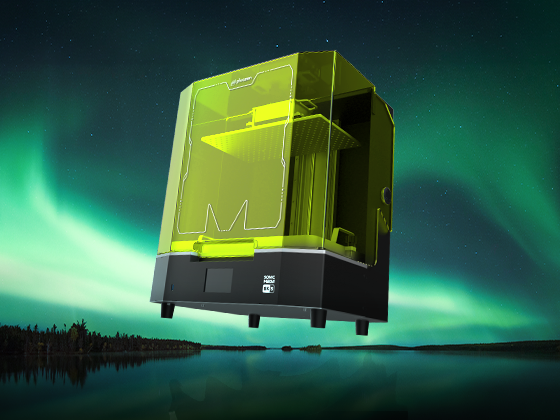
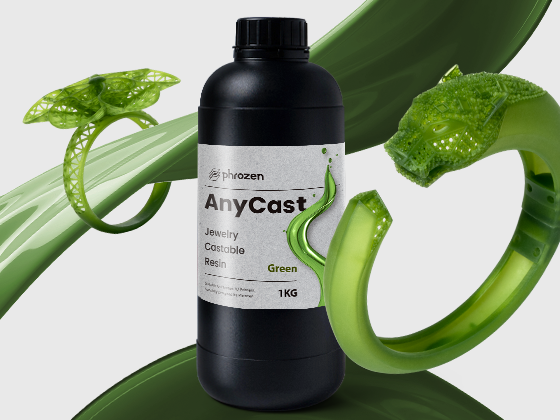
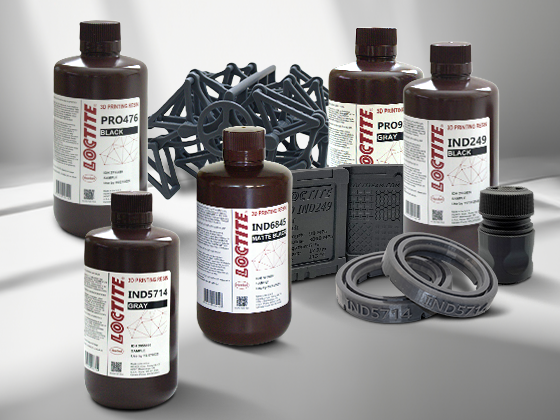
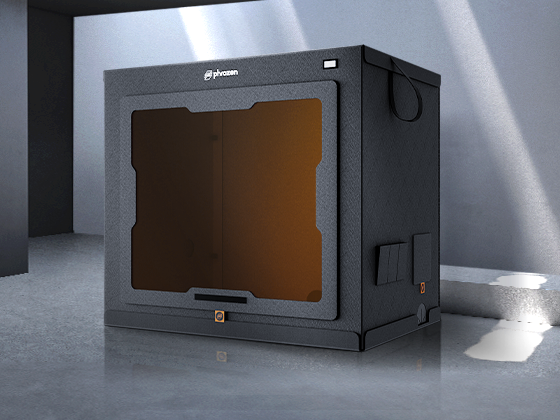
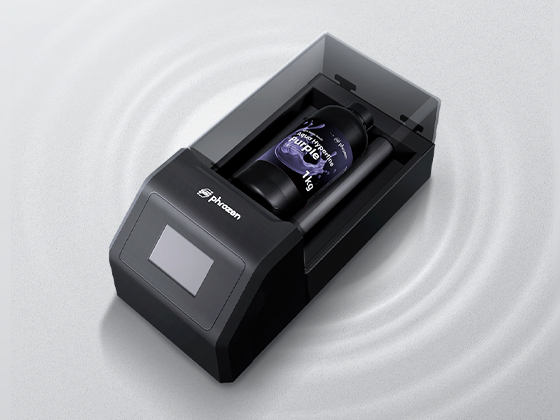
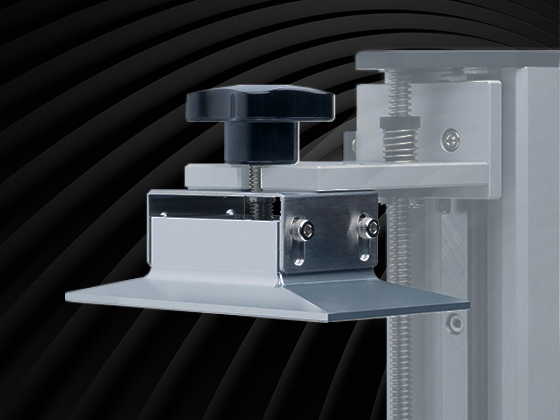
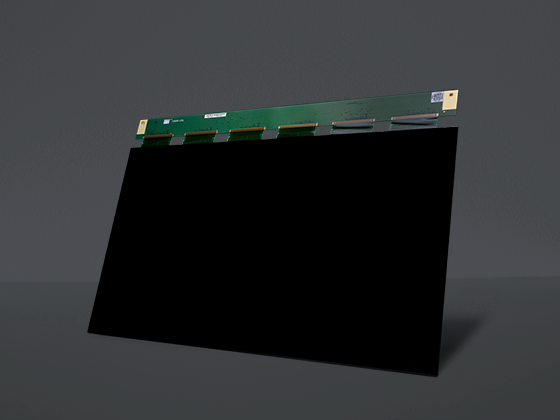
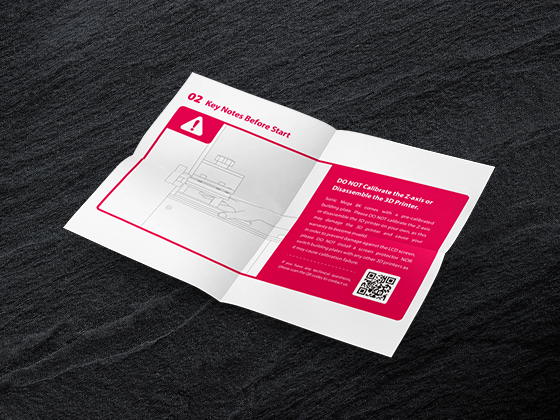
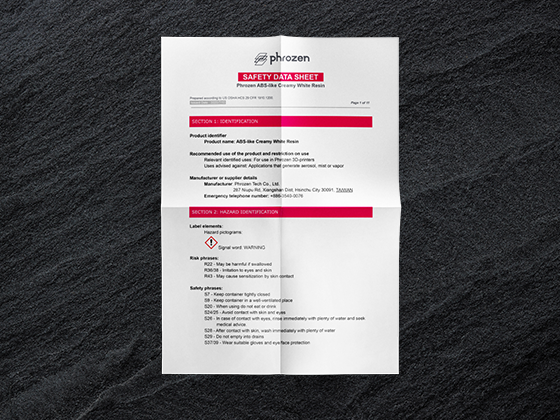
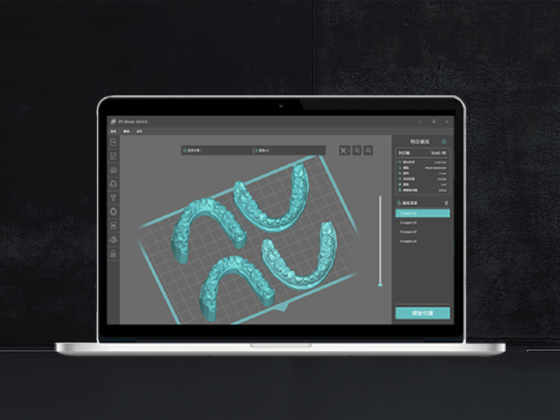
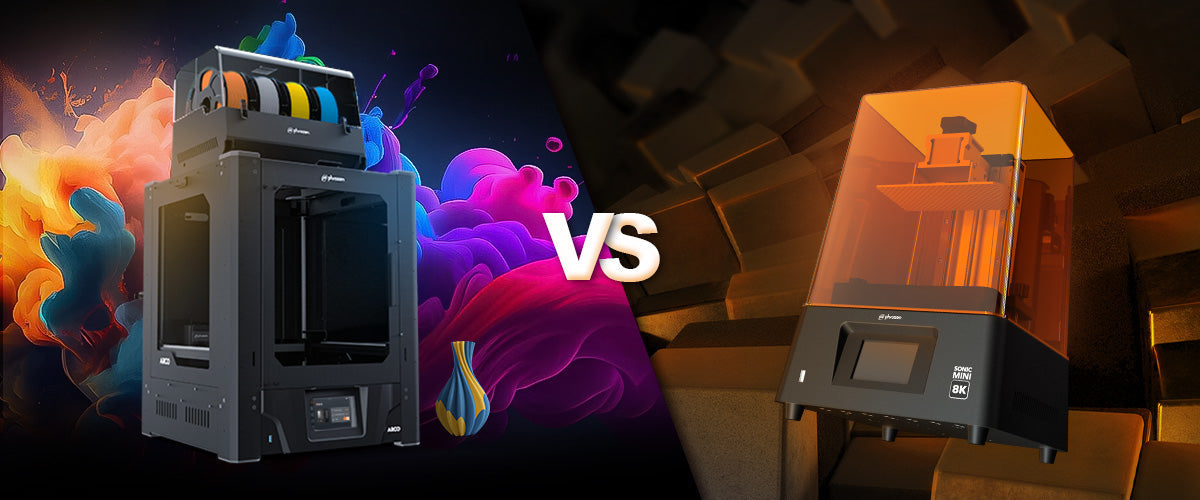
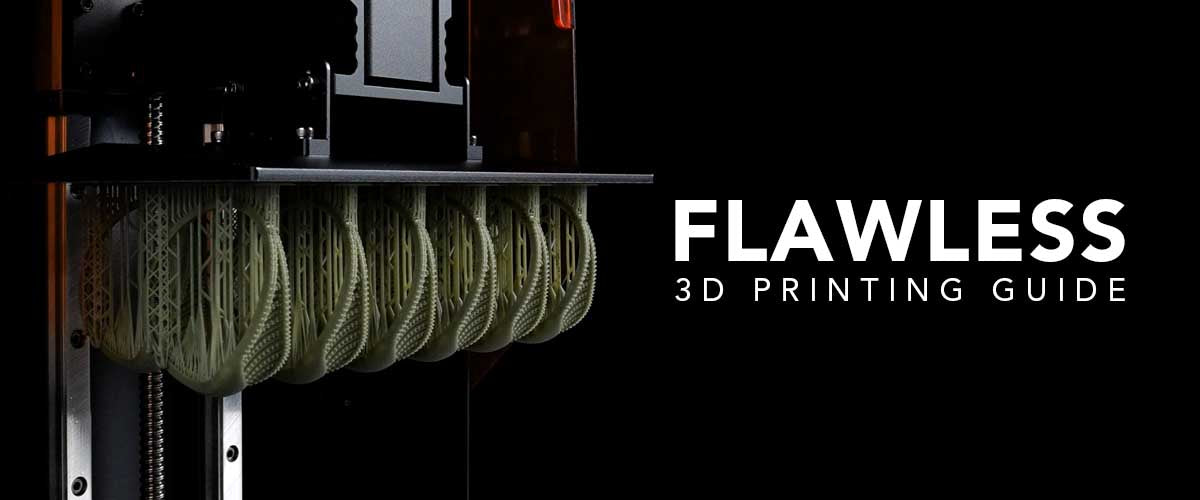
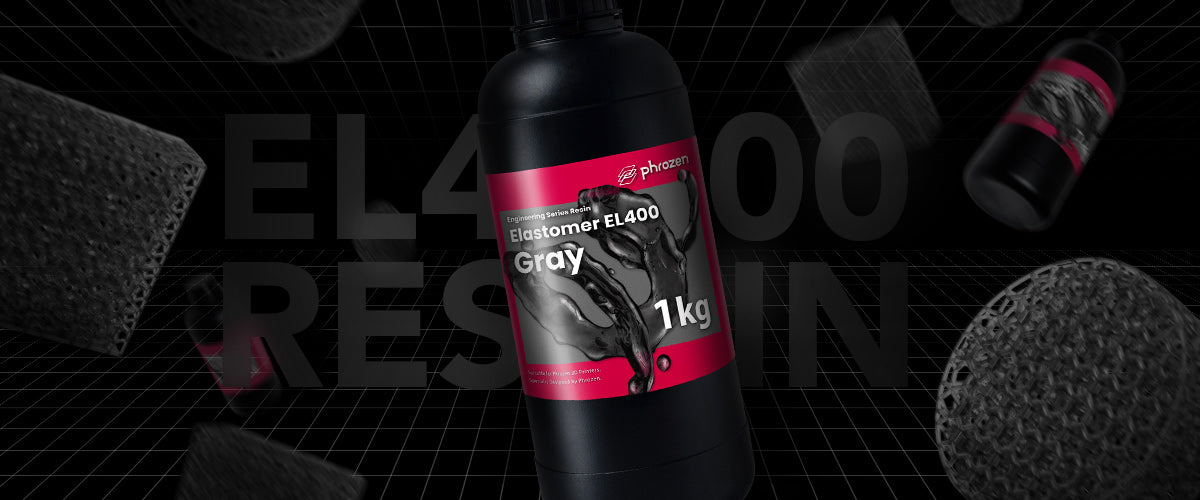
1 comment
Bam
Thanks for the informations, very interesting and useful
Thanks for the informations, very interesting and useful